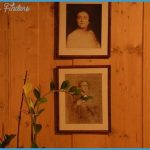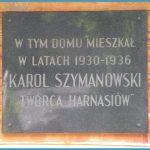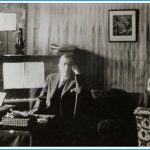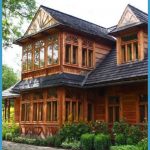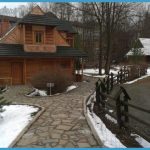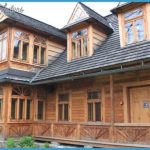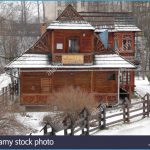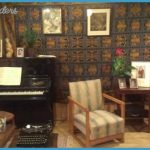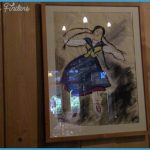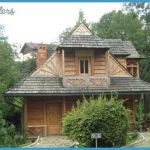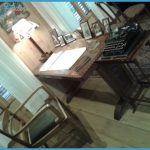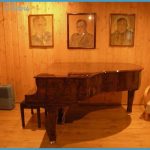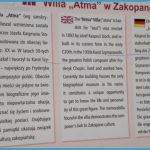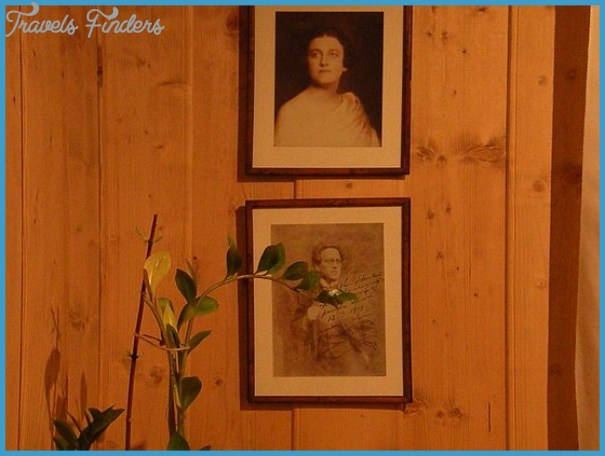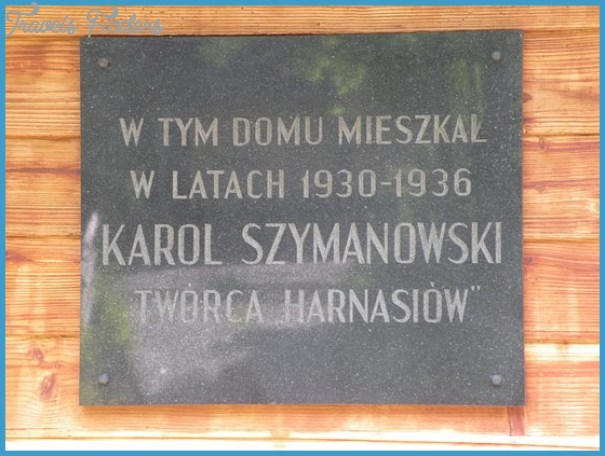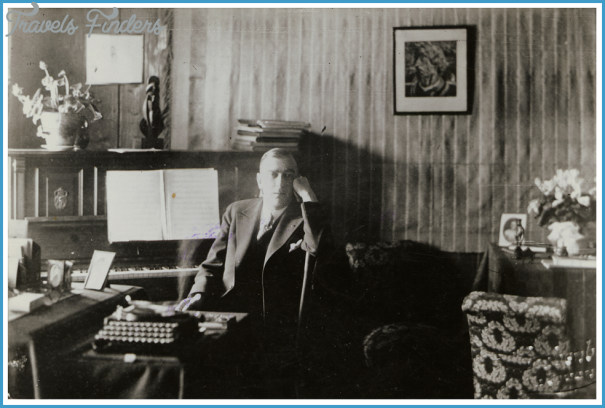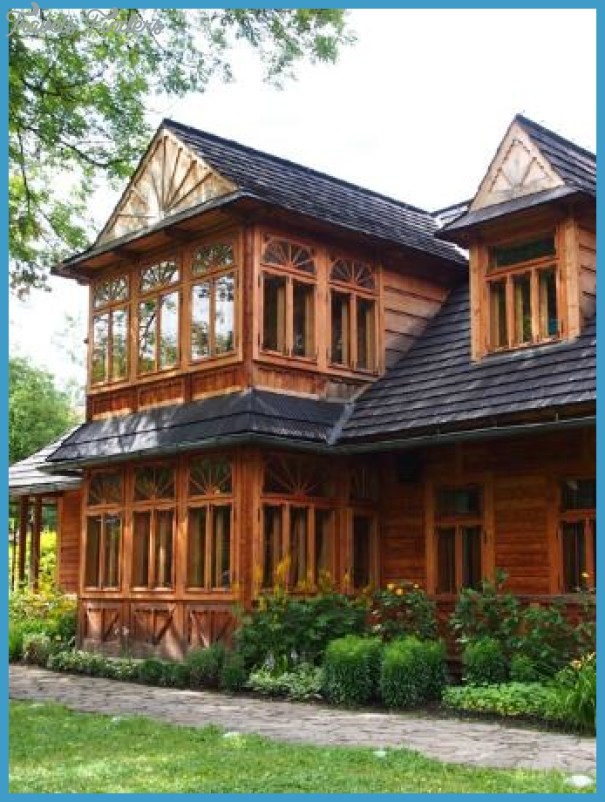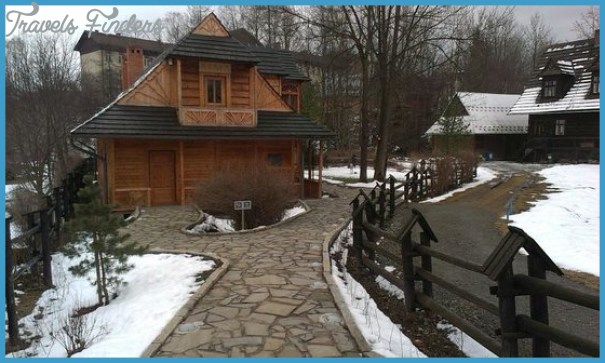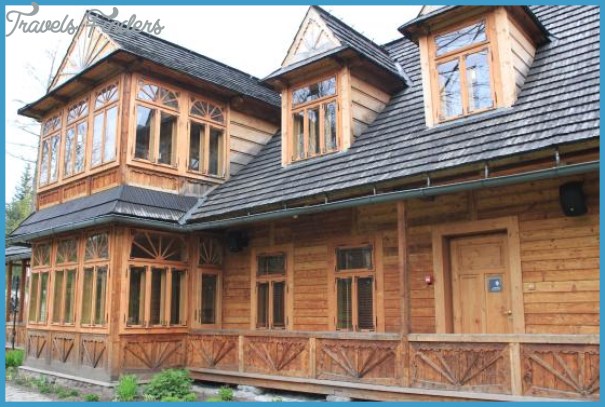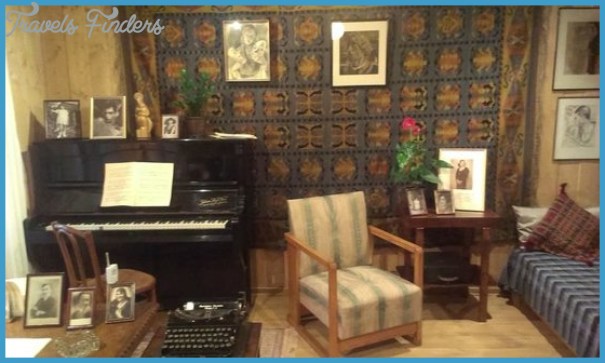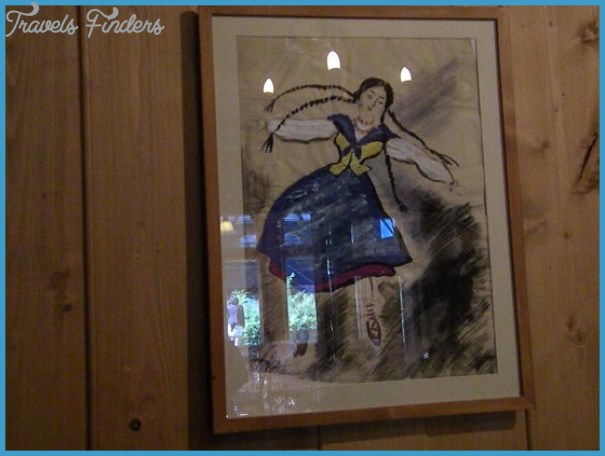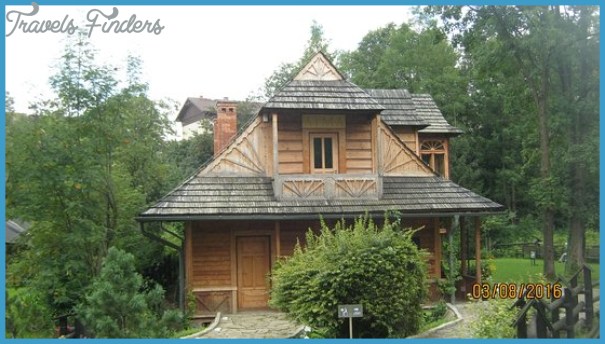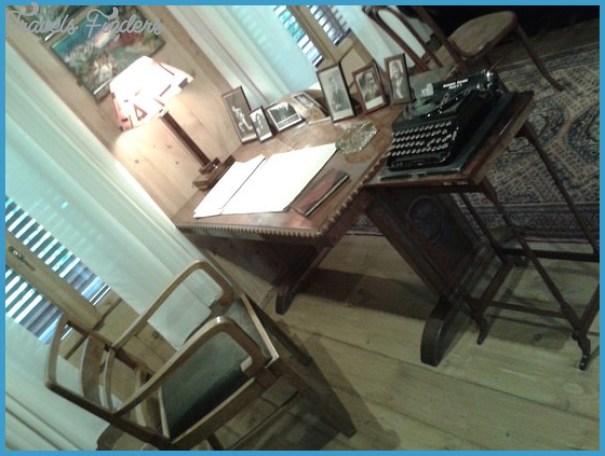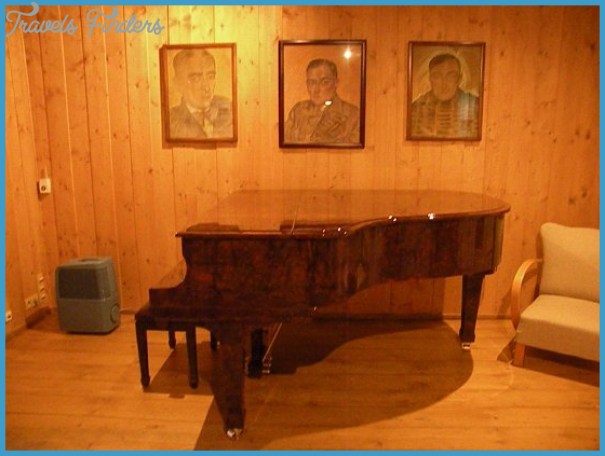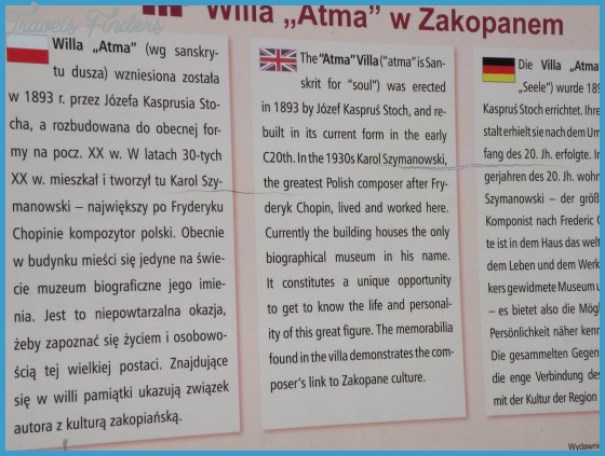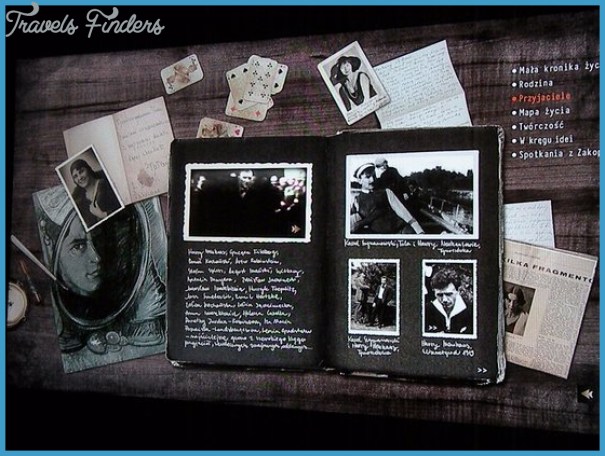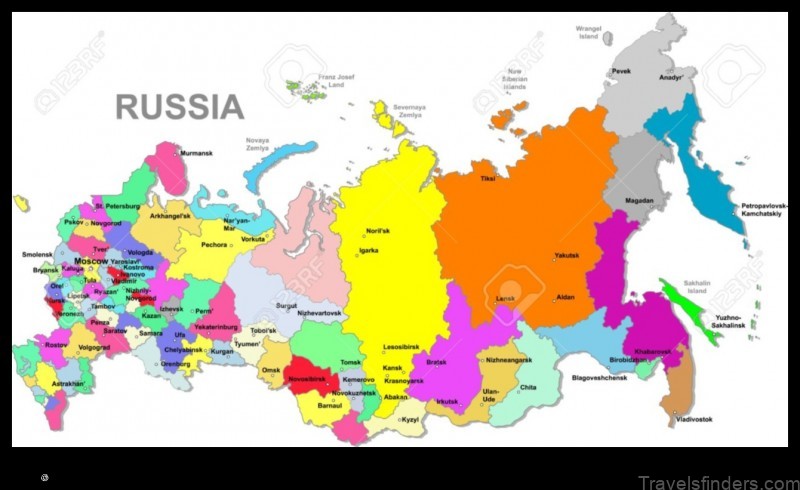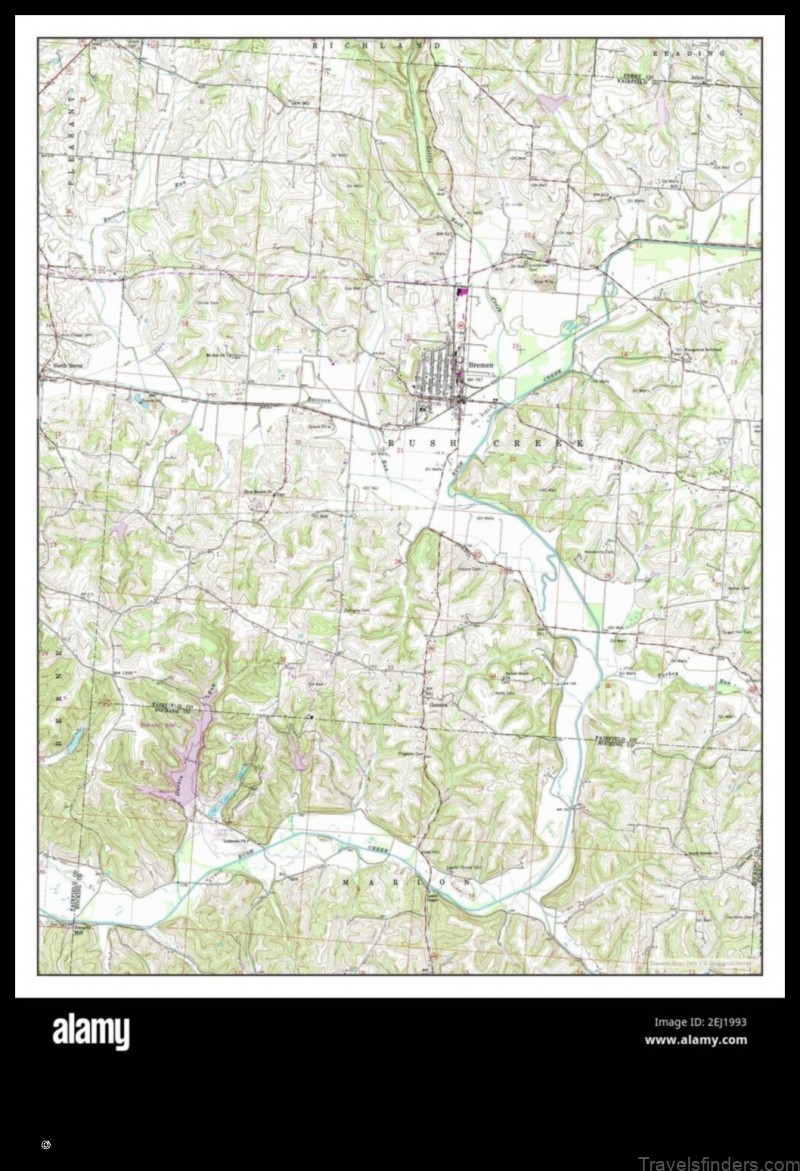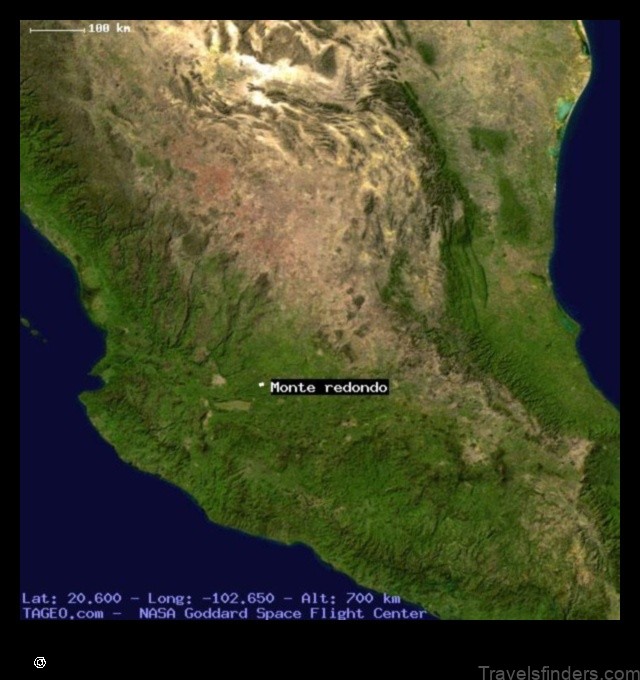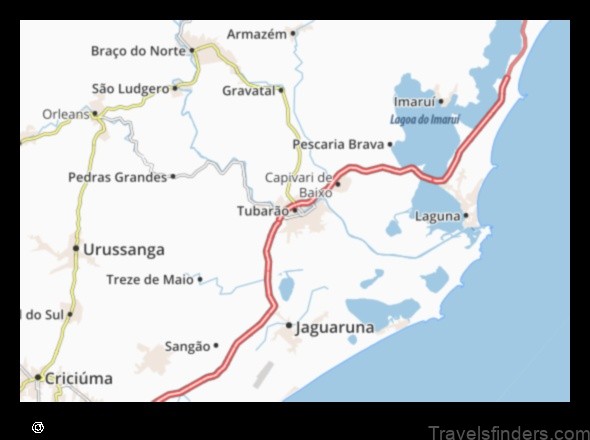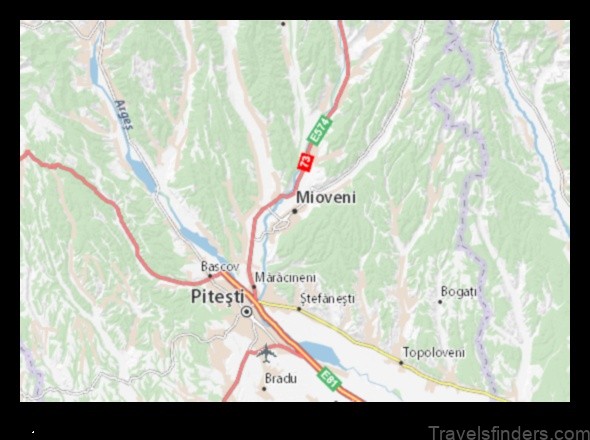SZYMANOWSKI MUSEUM
Karol Szymanowski was of course Polish, but he was born in 1882 in what is now Ukraine, in the village of Tymoshovka; his family were among the Polish landed gentry who had settled in the region during the partition of Poland under the Russian Empire. Their winter home was in Yelizavetgrad, now Kirovohrad, where Szymanowski spent much time in his youthful years, studying at the music school of his relatives the Neuhauses (the eminent pianist Heinrich was his second cousin). He went to study in Warsaw from 1901, when he was 19. In 1917, at the time of the Revolution, the family home in Tymoshovka was destroyed and in 1919 they left Yelizavetgrad. Their once splendid house there, now 42 Gogol Street, still stands. There are plans for creating in it a Shymanovskyy in Kirovohrad’ museum; a grand piano that he played survives, along with other furniture, concert programmes and various documents from his early years.
SZYMANOWSKI MUSEUM Photo Gallery
Thereafter Szymanowski had no longterm fixed address – he travelled a great deal – but from 1922 he divided his time between Warsaw, where in 1927 he became director of the conservatory, and the southern Polish town of Zakopane. This charming resort, popular today with hikers in the summer and skiers in the winter, lies on the north side of the Tatra mountains, a westward extension of the Carpathians that lines the border between southern Poland and Slovakia. In the 1870s it became a spa town, renowned for the quality of its air, and it was soon a retreat for artists and intellectuals. Szymanowski was among them. He first visited Zakopane in 1894, when he was 12; on his second visit, in 1905, he met Artur Rubinstein. In spite of spending much of his time outside Poland (there is a plaque on the building in Vienna, at ArgentinierstraSe 4-6, where he lived in the years before World War I), from 1922 he went to Zakopane at least once a year. In 1930, after treatment in Switzerland for tuberculosis, he rented a villa there.
The villa, dating from about 1890, is built of wood in the style particular to the region, with steeply pointed shingled roofs to discourage the accumulation of snow. An upper storey had recently been added and the heating and plumbing improved. The beamed ceilings, the walls and the floor are all of natural pine, now mellow and warmly reddened, with attractive fanlights above the windows. Szymanowski lived on the ground floor; the upstairs rooms were reserved for guests. He spent much of his time there in the early 1930s, but from 1934 – he had lost his conservatory job in 1932 – he was forced to undertake concert tours and in 1936 he had to give up the lease. He died in a sanatorium in Lausanne early the next year. During his time at Zakopane, perhaps invigorated by the air, he found the strength to compose such large-scale works as the Veni Creator, the Litany to the Virgin Mary, the Symphonie Concertante (Symphony no.4) and the Second Violin Concerto.
The idea of creating a museum in Villa Atma, as it is called – atma’ is Sanskrit for one’s self’ – was first put forward by a pupil of Szymanowski’s immediately after his death. A memorial plaque was affixed in 1952, but it was a further 20 years before funds were raised for its acquisition by a group of Szymanowski admirers, who then gave it to the National Museum in Krakow under whose auspices it was opened in 1976. Each July the town celebrates its connection with the composer by serving as host to the Karol Szymanowski Music Days.

